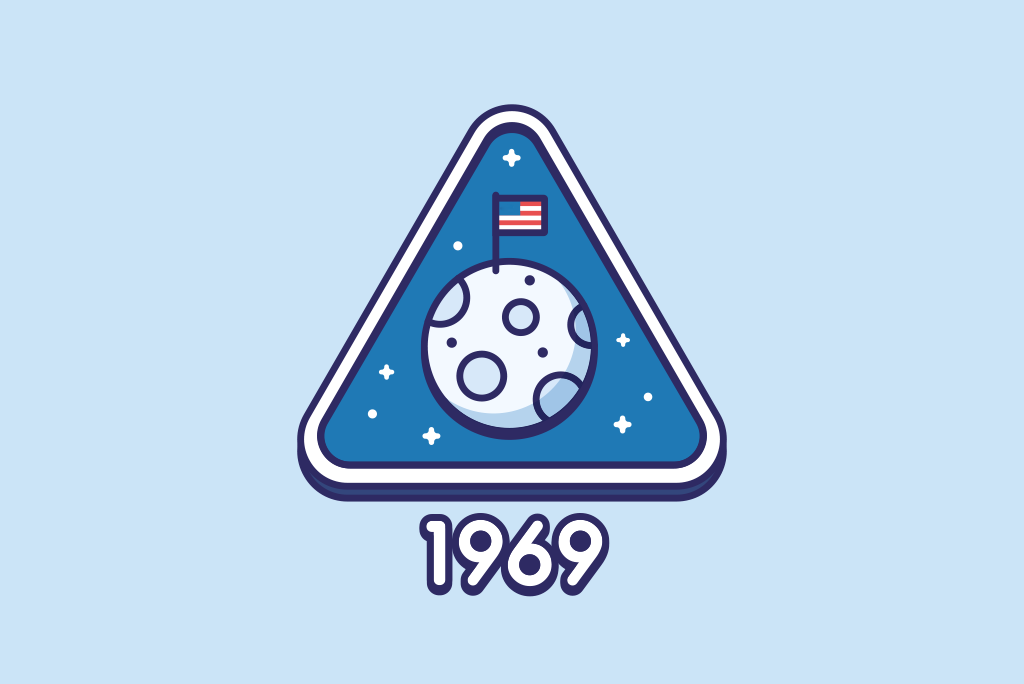
20 July 2019 marks the 50th anniversary of the Apollo 11 moon landing. Computers played a huge part in getting the Apollo 11 crew to the moon and back. In 1969, most computers were huge pieces of machinery that entire rooms were dedicated to housing. At a time where microprocessors didn’t exists, engineers had to scale down a computer small enough to run on board the spacecraft. Ultimately, the computer ran real-time operating systems, which was crucial to the mission’s success.
“The Apollo mission used the minimal amount of code needed to launch safely,” says Paul Kostek, a senior IEEE member and senior systems expert at Base2. “In the 1960s, software was a relatively new world. Neil Armstrong manually landed the lunar module, which used just a couple of thousand lines of code.”
Ella Atkins, IEEE senior member and director of the autonomous aerospace systems lab at the University of Michigan, describes the Apollo program technology as being glamorous for the time. “We had never written code that would run in space, and to communicate in real time all the way to the moon.”
The moon landing took place in the infancy stages of aerospace communications. Nowadays, the Internet of Aircraft Things is big business. Major players are taking advantage of efficiencies resulting from Internet of Things (IoT) applications in the aviation industry. Among numerous applications in communications, IoT has streamlined the process of transmitting information from avionics systems to maintenance systems on the ground. Types of data shared can include such information as the weather conditions an aircraft might face when flying as well as faults than an aircraft may have encountered during a flight.
Big Data & IoT
Big Data Analytics also plays an important role in the Internet of Aircraft Things. IoT applications in this field often generate enormous amounts of data. In particular, new generations of engines are pumping data every day.
While most engines in use today have fewer than 250 sensors, the new Bombardier C Series jetliner showcased at the Paris Air Show in 2018 is outfitted with Pratt & Whitney’s Geared Turbo Fan (GTF). The GTF contains 5,000 sensors that can generate up to 10 GB of data per second. Pratt & Whitney now have 7,000 orders for GTF engines. Once all of the engines are delivered and deployed, Pratt & Whitney could potentially download zeta bytes of data! The amount of data that the aerospace industry can generate alone could soon well surpass the data generated by the consumer internet.
This data could also be far more valuable than data created in the consumer world. Data collected by the GTF engine is used to build artificial intelligence as well as to predict the demands of the engine in order to adjust thrust levels. With this data, GTF engines are capable of reducing fuel consumption by 10-15% while also demonstrating significant performance improvements related to engine noise and emissions.
Thousands of sensors will be soon be embedded in each aircraft, allowing data to be streamed down to the ground in real-time. One day, the ubiquitous black box may even be relegated to a backup device.
Integrating IoT into Your Organization
Not only is the Internet of Things is set to transform the face of the aerospace industry, it can also help most other industries address various business challenges such as cyber security, system architecture, software development, and data management. With IoT fundamentally reliant on the real-time back and forth exchange of data from various connected sensors, devices, and machines, it’s imperative that businesses have secure and accessible data architecture in place.
Understand the challenges and opportunities of this technology with the IEEE Guide to the Internet of Things course program. It’s comprised of eight self-paced, online courses designed to get your organization’s technical staff up-to-date on the latest IoT developments, so they can prepare to integrate IoT technology into your operations. Connect with an IEEE Content Specialist today to learn more.
Resources
Saran, Cliff. (15 Jul 2019). How Apollo 11 influenced modern computer software and hardware. Computer Weekly.
Rapolu, Bhoopathi. (18 Jan 2016). Internet Of Aircraft Things: An Industry Set To Be Transformed. Aviation Week.
Edelen, Michael. (20 Dec 2017). How IoT Enhances Aerospace Predictive Maintenance. Digitalist Magazine.
Pietrabella, Ben. (8 Jan 2019). Why IoT is dramatically disrupting aerospace and automotive. Internet of Things Agenda.


No comments yet.